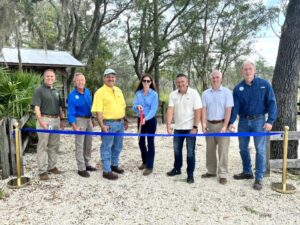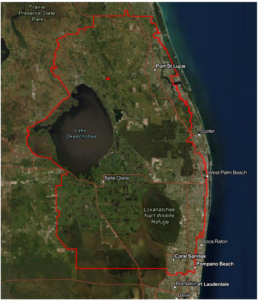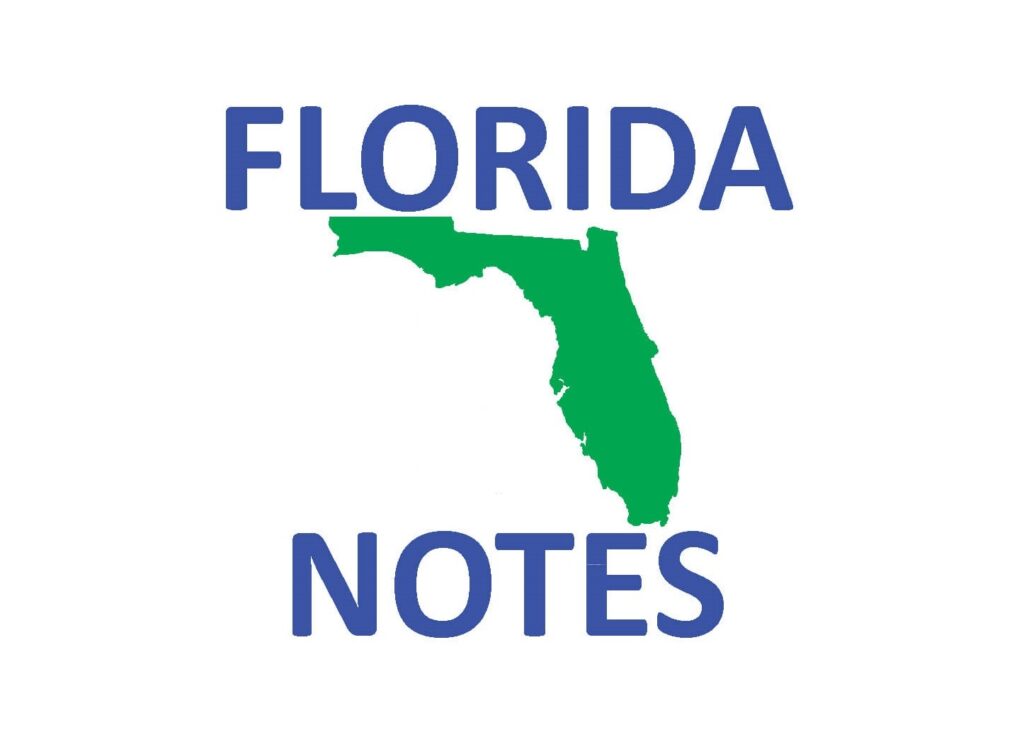By FREDERICK ASCHAUER, JR.,
Attorney,
Lewis Longman and Walker
In late summer of 2015, Southwest Florida experienced a significant rain event unassociated with any tropical storm or hurricane. This rain event seemed to linger over the area for days and resulted in several utilities experiencing sanitary sewer overflows (SSO), which is when sanitary sewers release raw sewage.
At the time, I was Director of the Division of Water Resource Management at the Florida Department of Environmental Protection (Department). Along with Mary Yeargan, the then-Director of the Department’s Southwest District Office, we convened a meeting of the region’s utilities to address the issue. Thus began a concerted effort by the Department to deal with SSOs, an effort that remains very much a focus of the Department today.
To be clear, SSOs can be a significant events. They also occur fairly often. For instance, according to the U.S. EPA’s website, there are 23,300 to 75,000 sanitary sewer overflows (SSO) per year. When the discharge is significant and it reaches local surface waters, the conditions are ripe for water quality impacts, even exceedances of water quality standards. But what about when the discharge is of an insignificant volume and never reaches a surface water body?
Should the State of Florida take enforcement against utilities when they experience an SSO that results in a minimal discharge to the ground? What if the utility addresses the discharge immediately, expeditiously cleaning up the discharge? What if it wasn’t the utility’s fault, but a contractor digging on a jobsite or a vehicle crashing into the utility’s infrastructure?
The elimination of discharges of pollutants into the navigable waters was established as a goal of the Clean Water Act in 1972. As it pertains to SSOs, the basic framework of the Clean Water Act is fairly well-established. “The Clean Water Act forbids the ‘addition’ of any pollutant from a ‘point source’ to ‘navigable waters’ without the appropriate permit from the Environmental Protection Agency (EPA).”
As far as potential liability for a discharge without a permit, “[t]o establish liability for an unpermitted discharge under the CWA, [the EPA] must show that [the discharging utility] discharged a pollutant to navigable waters from a point source without permit authorization.” In addition to the foregoing, permit holders (e.g., utilities) in the State of Florida have additional requirements related to their system placed upon them by rule.
I am not intending to raise legal arguments here. As a practicing attorney I’ll save that for later. I am of the opinion, however, that we should reconsider enforcement against utilities when the discharge does not reach a waterbody. I am not suggesting that utilities shouldn’t have to report such discharges. Indeed, discharges to the ground can be indicative of other issues (e.g., improper maintenance), just like discharges to surface waters.











